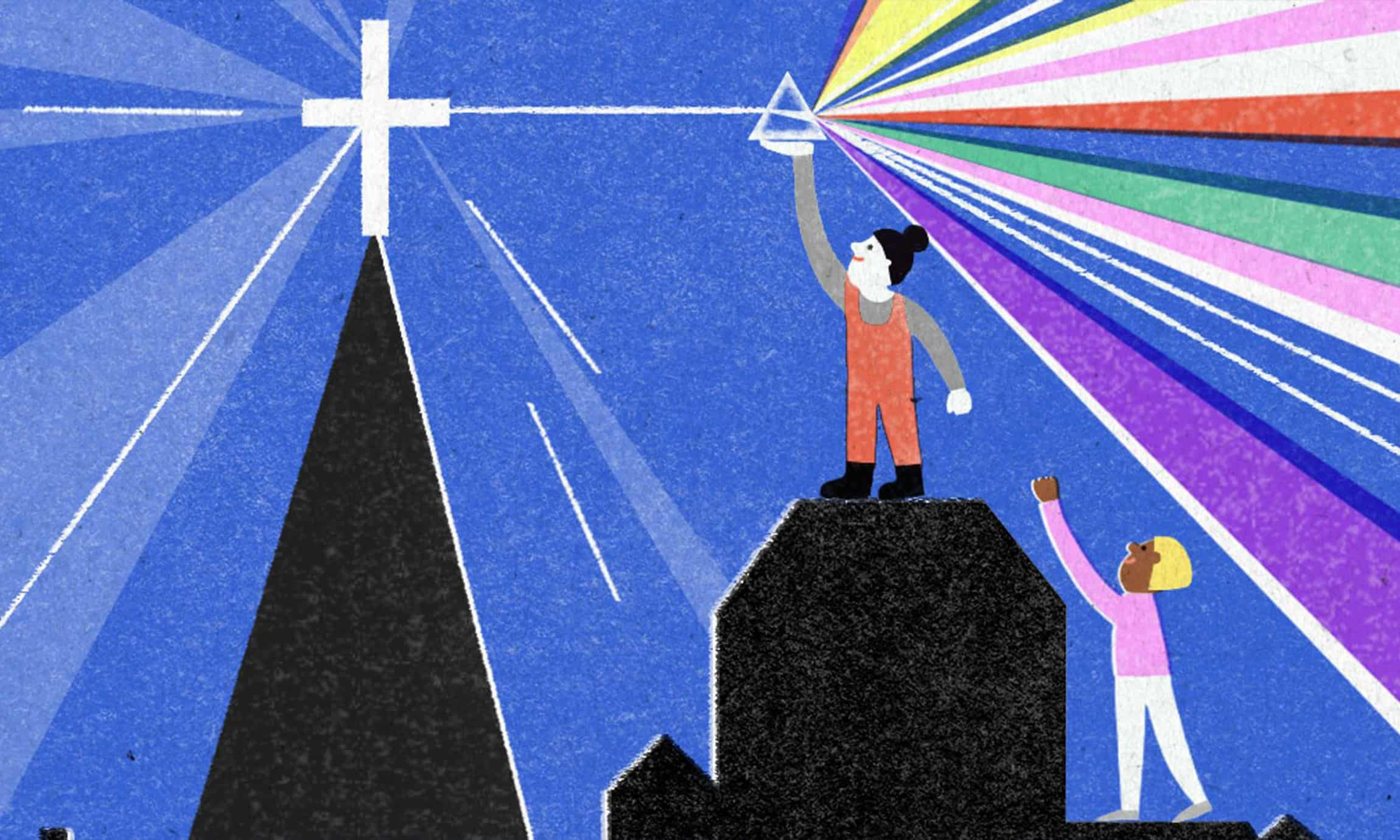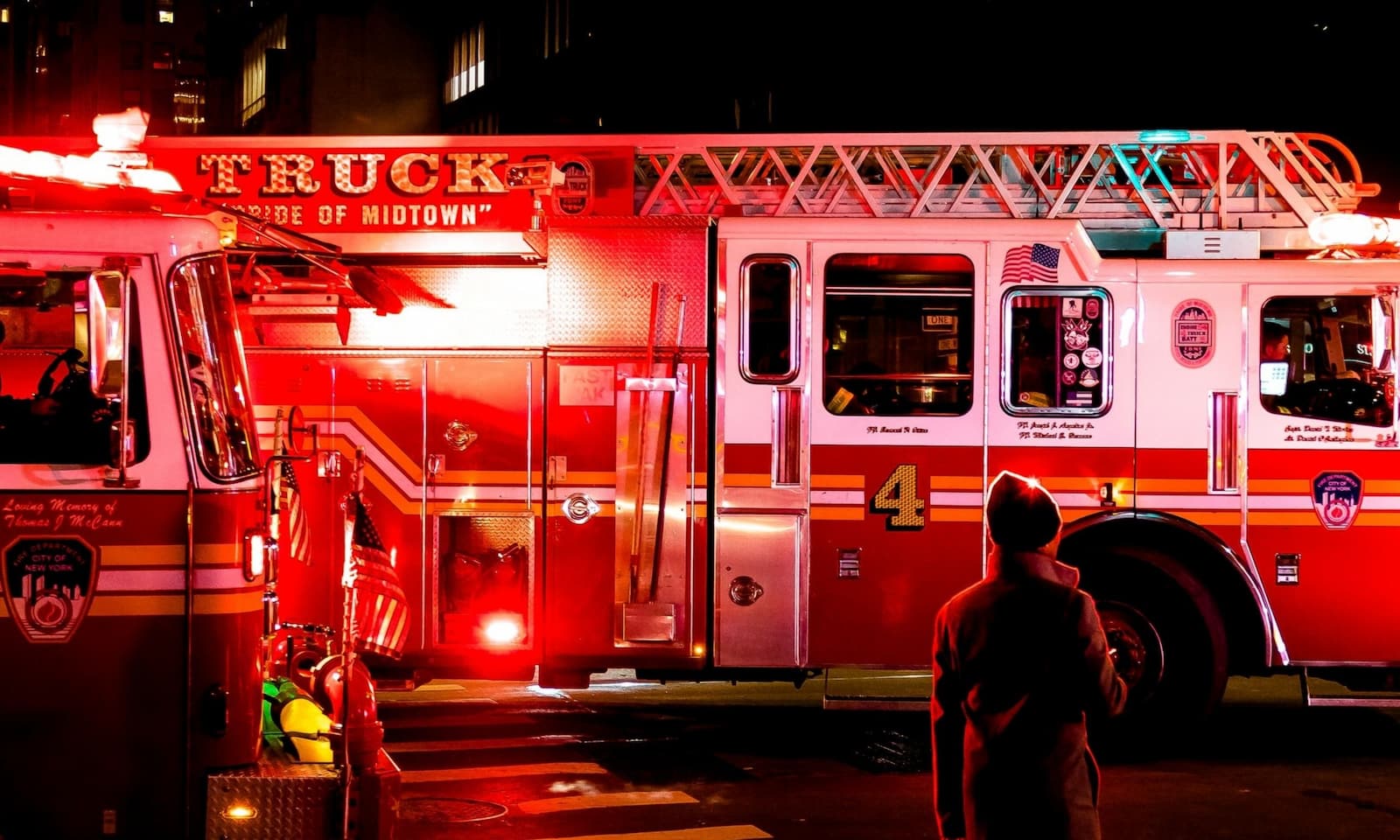
Did Stonewall begin the LGBTIQ+ movement?
Before the Lavender Scare
The first wave of modern LGBTIQ+ activism rippled through the first decriminalization laws around sodomy and homosexual practices in several countries across Europe and the Americas. Queer people were allowed to exist legally, but under particular conditions: such as discretion.
Queer historians cite World War II as an undeniable event in regards to queer culture: on one hand, the fascist ideologies that banned homosexuality were a real obstacle to LGBTIQ+ rights advancements, but on the other, the segregated nature of society’s institutions, with men at war and women at home, created an environment conducive to same-sex intimacy.
Once the war over, the potential for queer acceptance was further halted with conservatism reaching political power, in order to return to traditional values and promote patriotism. In the United States, the Lavender Scare was unleashed: a policy to exile homosexual individuals from government positions.
The clash of conservatism along with Alfred Kinsley’s report on Sexual Behavior in the Human Male which outlined how much more frequent homosexual behavior between men is than commonly assumed, turned homosexuality into a sensationalist, overly-represented debate in media. This led to the policing of queer spaces, as the messaging was clear in its discrimination: those non-conforming to cisheteronorms is a mental illness.
The Homophile Movement
The policing of queer space led to a decline of visible ones and the need to have somewhere safe to congregate became more dire. Groups, such as the Mattachine Society (for gay men) and later, Daughters of Bilitis (for lesbian women), began to form as a part of the Homophile Movement, which as the name’s etymology implies, were for homosexual individuals. These organizations aimed to be recognized as defending the rights of minorities that suffered oppression based on their sexual orientation, gender identity and/or gender expression. That said, they weren’t as politically action-driven; they mostly offered support and a space for community.
Assembling these groups took time to amass a following. Queer people were isolated, purposely, and afraid of the consequences of being publicly identified as members of the LGBTIQ+ community, such as being arrested for the slew of laws policing behavior deemed queer and unconventional gender expression.
The Stonewall Riots
Other riots, that were also responses to unfair police raids in queer bars, preceded the Stonewall Riots: the Picket at White Street in 1964, Compton’s Cafeteria riot in 1966, the protests against the Black Cat tavern raid in 1967… there were a few, starting in 1959. And they took place all round the United States, ramping up into the famous Stonewall Riots.
Other countries were showing a similar cultural shift, notably in Europe. The United Kingdom, Germany and Sweden, to name a few, all had their own organizations dedicated to LGBTIQ+ rights take center stage around the time of the Stonewall Riots. The goals remained the same: giving a way for LGBTIQ+ people to be legally free from repercussions due to their sexual orientation and/or gender identity/expression.
The Stonewall Riots are definitely a pivotal moment in LGBTIQ+ history. They represent the strength of a movement, led by a common oppression, to fight for equal rights. It mobilized across the country, and beyond, members of the LGBITQ+ community into activism that we still see today. That said, a large part of its success is thanks to the community built by the homophile movement and previous protests had created.





























































